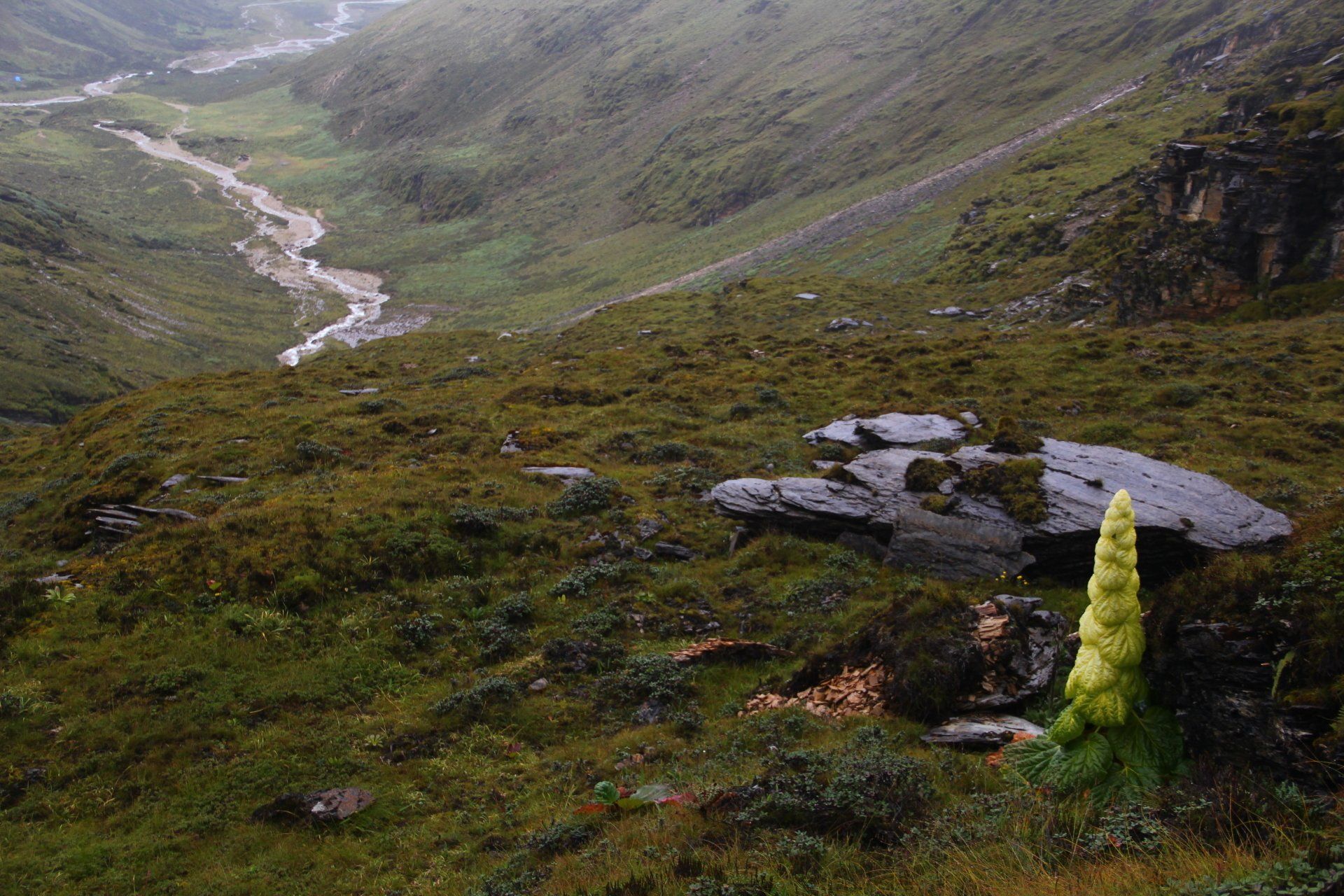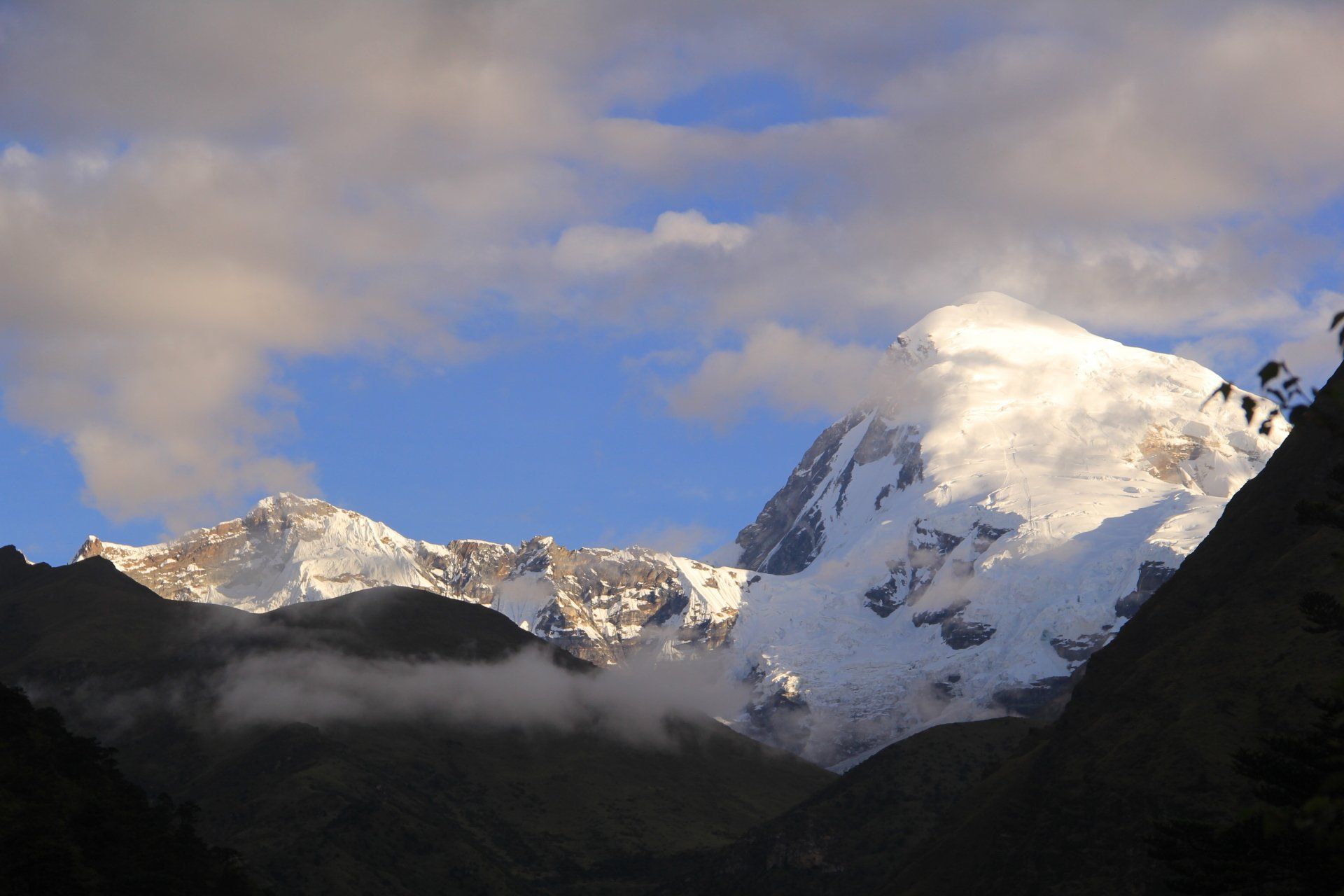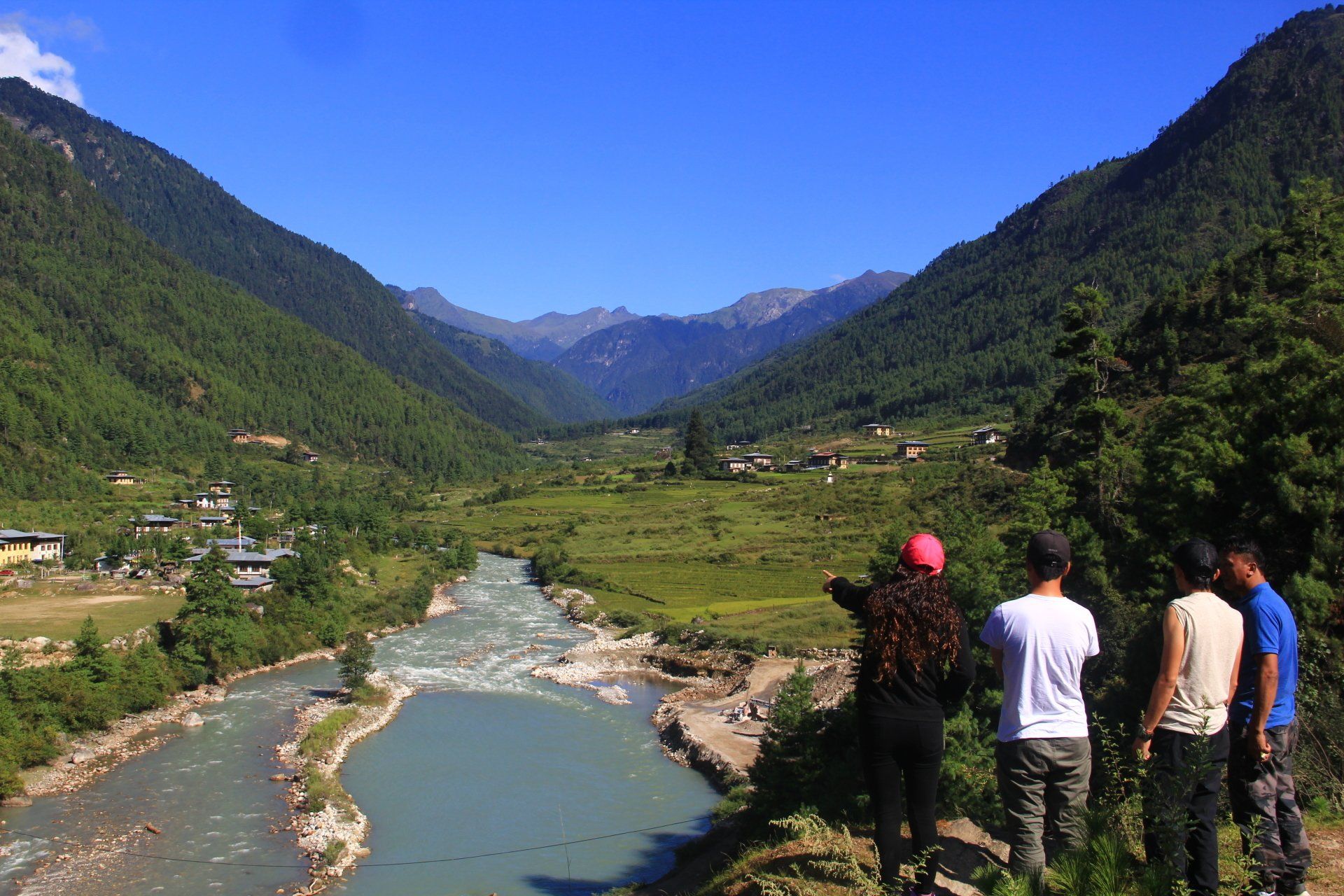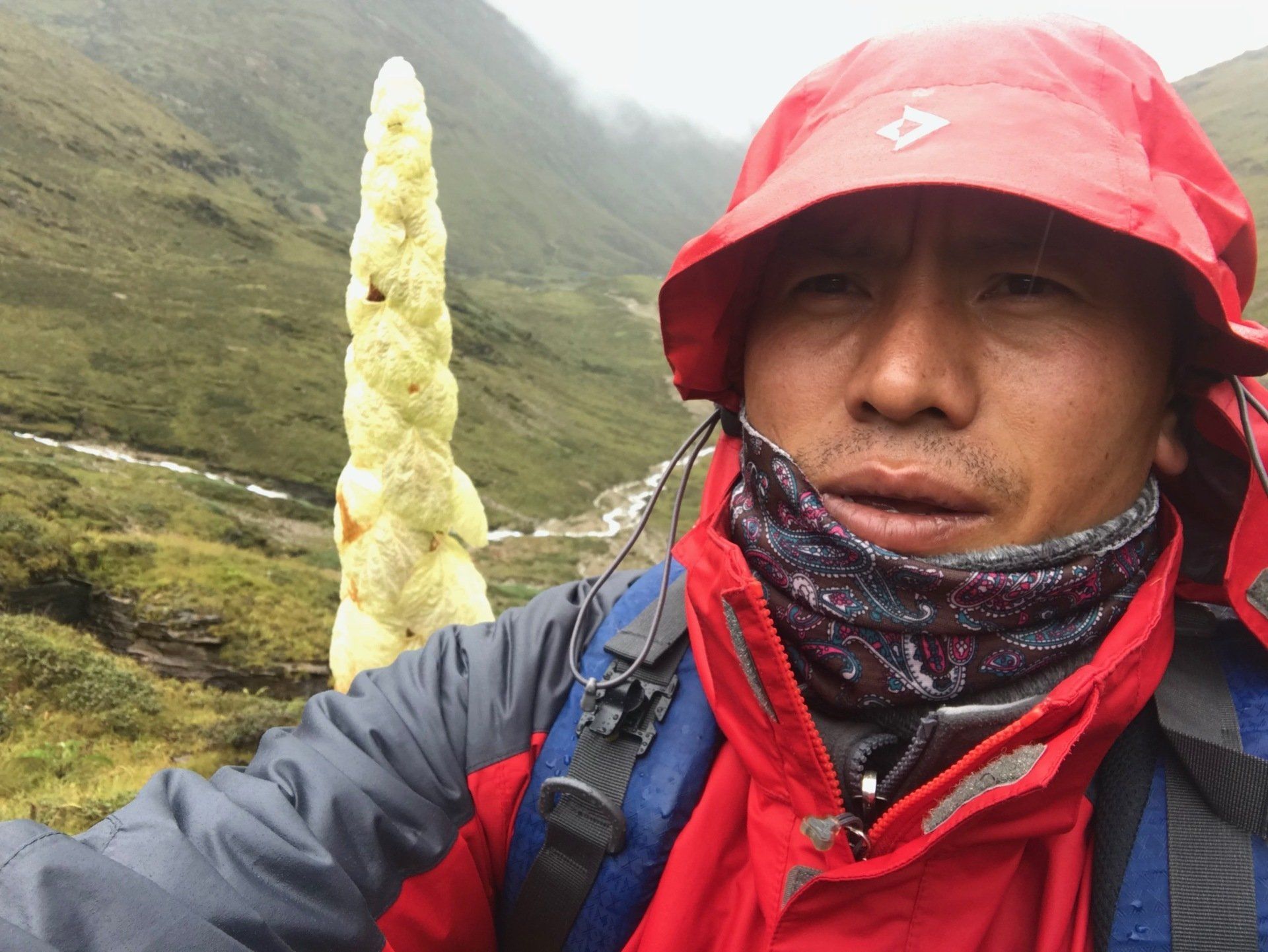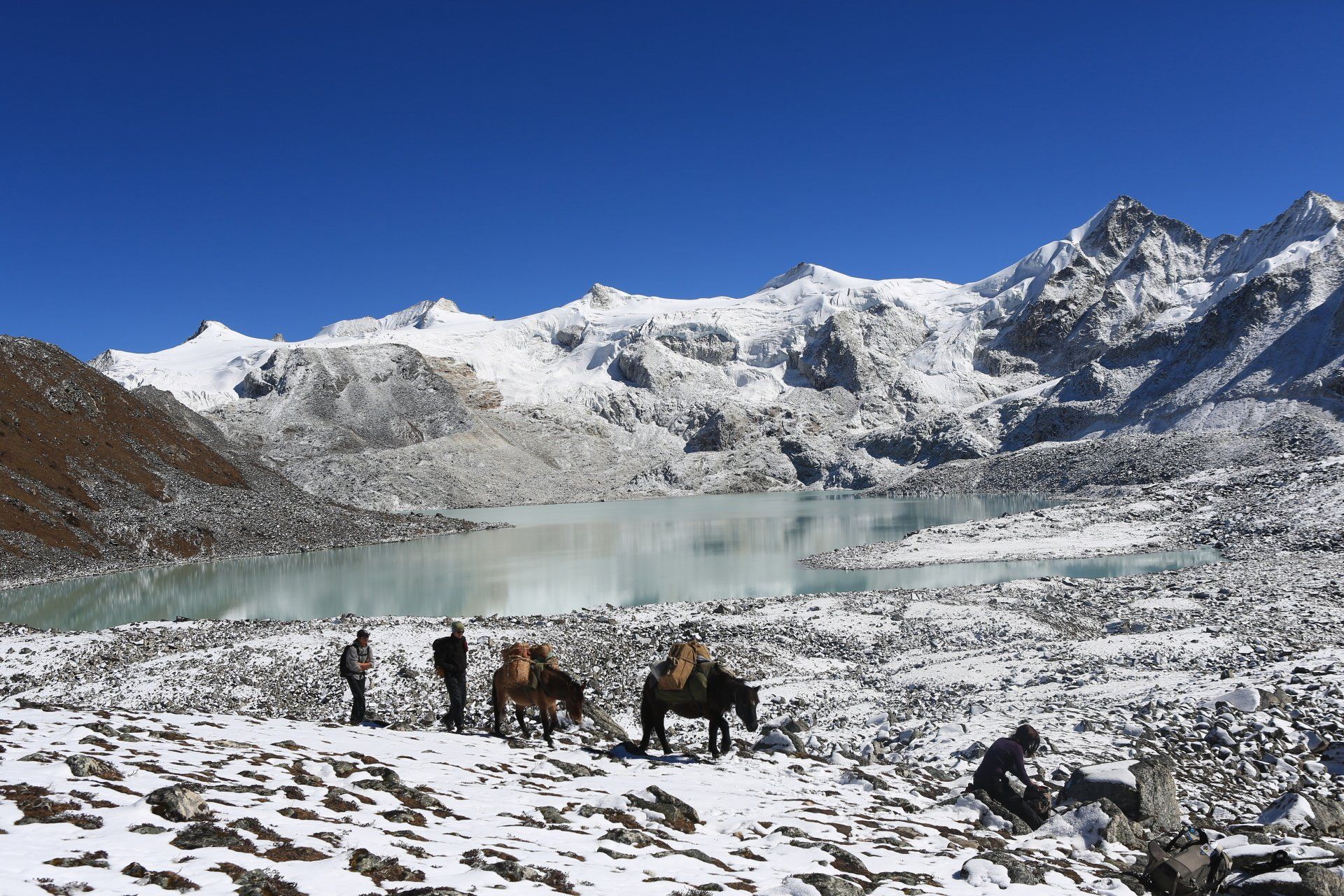Trek with Marmots
#BookNowTravelLater
Got Your Tour Cancelled Because of COVID 19
Cost
3,350.00
USD NOW 3,100
only
Grab the Seat with USD 300 Deposit only
Trek With Marmots - The Shorter But Almost Similar Version of Combo Trek
Trek Facts...
Accompanied by Travel Guide
Throughout your holiday to Bhutan, escorted by one of the Bhutan Swallowtail’s expert tour guide- your ‘travelling concierge’, expert guide, consummate facilitator and friend in a foreign land who ensures your journey is as enjoyable as possible.
Baggage Handling
Baggage handling everywhere on your tour
Transport
Enjoy the unique comfort of Bhutan Swallowtail’s Luxury air conditioned SUV and coach with extended leg room.
Pre - Departure Checklist
- Trekking Boots (broken in)
- Waterproof 3/4 season jacket and trousers
- Camp Footwear (light shoes/sandles/trainers)
- Several pairs of good quality socks
- T-Shirts - Highly recommended are synthetic T shirt styles that wick away moisture
- Thermal Underwear / layers
- Down jackets
- Warm mid layers (fleece/micro fibre)
- Trousers - Lightweight, loose fitting, trekking trousers, pants with zip-off bottoms
- Shorts
- Gaiters
- Tracksuit or fleece pants for evenings
- Sleeveless fleece and extra layers
- Warm Hat and sun Hat
- Scarf/neck warmer
- Gloves and Mitts - waterproof and warm
- Sunglasses with UV protection
- Head Torch (spare batteries)
- Sunscreen and Lip Balm
- Light weight towel
- Hand sanitizer gel
- Trail mix / nuts/ muesli bars
- Whistle
- Daypack - The daypack you select must have the capacity for the items you may be carrying on a day's walk: rain jacket, trousers, warm clothing, water bottle, camera equipment, washing items and other personal effects. A hip/waist strap provides additional comfort. You should consider daypacks of at least a 30 to 40-litre capacity. Horses will be carrying the rest of your luggage.
Whats Included?
- SUV Car and Coaches
- Horses and Yaks on the Trek
Itinerary
- Day 1- Paro International Airport- your first glimpse of Bhutan
On arrival at the Paro International Airport you meet your tour guide and driver. Check into your hotel and after a brief rest, start your magical experience of Bhutan by first visiting the impressive Rinpung Dzong/Fortress of Heaped Jewels a fine example of the ostentatious Bhutanese art and architecture. The Dzong is located in the heart of the town and a few minute walk through Nyimazam, one of the few last remaining traditional cantilever bridges in Bhutan. Dzongs serve as both monastic institutions and district administrative offices.
Located above the Dzong is the National Museum that houses various antiques and artifacts of Bhutan and provides a glimpse into Bhutan’s cultural and religious history.
Visit the 3 storied Dungtse Lhakhang/temple, built in the mid 1430’s by Thangtong Gyalpo, an iron bridge builder, to subdue a demon and the temple is believed that it is firmly chained to the ground. The three floors of the temple represent hell, heaven and earth and house some of the finest murals in Bhutan.
Overnight at your hotel in Paro
- Day 2- Taktsang Hike-Tiger’s Nest
After a sumptuous breakfast, you will hike to Taktsang Monastery / Tiger’s Nest which is about 3 hours uphill and 2 hours down. Riding ponies are also available if you think the hike is a bit daunting. Located around 900 meters above the Paro valley on a precarious almost vertical mountain cliff, Taktsang Monastery is truly a wonderful and spectacular sight in terms of its location, setting and history. In the 8th Century this was one of the major sites where Guru Padmasambhava – the patron saint of Buddhism in Bhutan meditated with his consort Khandro Yeshey Tshogyal. It is believed that Guru flew on a female tigress in pursuit of a demon which he subdued at the current site of the Monastery. It is one of the holiest site in the Buddhist arena and the most important cultural icon in Bhutan.
You can have your lunch, tea/snacks at the cafeteria midway.
Before you drive back to your hotel visit the Kyichu Lhakhang/temple, one of the oldest temples built in the 7th Century by the Tibetan King Songsten Gyembo.
In the evening, enjoy a hot stone bath in a wooden tub which is supposed to be very curative with numerous medicinal and healing properties and has been the practice since the ancient times in Bhutan.
Overnight at your hotel in Paro
- Day 3 - Paro- Drugyel Frotress - Sharna - Sindo Zampa
About one hour 20 minutes drive on the farm road from Drugyel Fortress, you will reach Sharna, a quint little village with 10 plus houses. A little down the valley a turquoise colored stream flow peacefully with yellow rice field on both sides.
Sharna is the entry point to Jigme Dorji Wangchuck National park known as the valley of Snow Leopards.
The climb is gentle through the moist conifer to dry conifer vegetation. After crossing as many as 8 wooden bridges under which fresh glacial river flow, you will reach the campsite around 4 in the evening.
The campsite has the beautiful west view of Mt. Jumlohari.
- Day 4 -Sindo Zam to Jangothang
It’s the hardest day of the trek crossing 4900 m high Bonteyla Pass. The trail will lead to grassland, beautiful meadow and as you ascend to the pass, one can see the beautiful view of the peak of younger mountains down below.
If this is more challenging than expected, you can camp a little below Yelela Pass by the fresh stream with the east view of Mt. Jumolhari and Mt. Jichu Drakey.
You will come across yak herders house, yaks, and blue sheep.
The scenic beauty of Tsho Phu, a two twin like Mountain Lake at an altitude of 4430 m with majestic tall bare cliff on either side is a treat and will boost your energy.
You will reach your campsite around 7 in the evening.
- Day 5 - Jangothang Day Excursion
Enjoy your breakfast of your choice at Jangothang, the base of snowcapped beautiful Mt. Jumolhari (7,314 meters (23,996 ft) above sea level). Visit a primary school and interact with students located a few km away from your campsite. 2 hours hike towards the Mt. Jumolhari and the view of gigantic snow capped mountain will exhilarate your senses.
Enjoy the visit to nearby Jangothang village, yak herders house and take photograph of some of the exotic medicinal Himalayan flowers.
You will be acclimatized and energy regained by the end of the day ready for yet another exciting trek the next day.
- Day 6 - Jangothang to Lingzhi
The first 1-hour is the steep climb and then a gentle rise along the beautiful vast grassland and patches of yellow meadow. The rare and legendary Raven, the national bird of Bhutan and numerous group of marmots sprouting from the ground, blue sheep and red fox are seen here.
You need to cross Nyela Pass (4865 masl), cold with skin biting wind so you need to put on some face and head cover with some warm wraps. Below the pass, there are abundant presence of Picrorhiza kurroa, the rhizome of which has long history of use in Ayurvedic medicine.
As you reach the campsite, enjoy the view of snowcapped Jichu Drakey towering right in front of you.
You will reach at the campsite around 5 in the evening.
- Day 7 - Lingzhi to Shodhu
The highest point for this day is Yelela Pass (4911m) with cold bone eating wind on the top but a gradual descend after the pass is the beautiful but huge mountain lake, blue in color and sprouting with fishes.
After this is an easy descend crossing as many as 6 wooden bridges, marmots passing by playing hide and seek with each other and herd of blue sheep enjoying the fresh highland grass.
If you find Shodhu camp site little marshy, plain and nothing of interest and if your legs has some energy walk a little further, about 1 and half hour and camp at Waleythang, a wide open plain between the two giant Himalayan mountains.
You will reach at the campsite around 5 in the evening.
- Day 8 - Shodhu – Waleythang – Tegithang
Today is an easy with a leisure walk of around 5 hours. A walk along the wide-open plains of Waleythang, with yaks around and yak herders houses with smoke rising from the roof is the sight you will enjoy.
The highest point is Legila Pass with 4747 meters above.
A numerous Rheum Nobile a giant herbaceous plant with conical tower of delicate, straw-colored, shining, translucent, overlapping bracts dots the mountains and gorgeous cliffs.
Your campsite is at the beautiful wide open valley of Tegethang and will reach there around 3 in the evening.
- Day 9 - Tegithang – Rangthabja
The highest point for the day is Shachumla Pass (4426 masl) and is also a haven of 3 huge beautiful mountain lakes.
The trek is on a gentle slope with different species of rhododendrons flowers beautifying the area.
Your campsite is the only area in Bhutan that has abundant exotic yellow poppy flowers and it will be in full bloom around April – May.
- Day 10 - Rangthabja to Labana to Motithang to Thimphu
Last day of the trek where the highest point to cross is Labana Pass (4215 masl). From the pass you will have the last glance of Mt. Jumolhari on one side and Mt. Gangkarpunsum and other eastern Himalayan mountains on the other side.
Alternately, you can camp at Labana, enjoy the spectacular sun set and sun rise arising from the clouds beneath.
Hot tea and snacks will await you at the road point with your car. Around 30 minutes in car, you will then reach your hotel in Thimphu.
- Day 11 - Thimphu valley excursion
After a leisurely breakfast, you will explore the capital city of Bhutan. Thimphu is the only city in the world that does not have traffic lights and the traffic is still manned by traffic policemen.
Thimphu is the most populated city with about 100,000 people and truly a combination of the ancient and modern. While strictly maintaining the traditional style of architecture in modern building, there are also very old temples and numerous monasteries in and around the city, and few discotheques and Karaoke.
Soak yourself in the panoramic view of the Thimphu valley from the site of the gigantic Lord Buddha, a 51.5 meter bronze Shakyamuni Buddha statue gilded in gold which looks like a sentry guarding the Thimphu Valley.
You will be visiting the Memorial Chorten/Stupa which is another favorite with the tourists and a regular site for congregation of devout Buddhists circumambulating the Chorten from dawn till dusk.
If you want to mingle with the Bhutanese people and jostle with local farmers amongst the aroma of organic fruits and vegetables, the Centenary Farmers Market is the place to be. Smiling tourists watch in awe as locals bargain with the vendors and you could even stock up on your organic fruits for the coming days.
You will also be visiting the Simply Bhutan Museum which is a living studio showcasing the age old culture and traditional heritage of Bhutan.
Stroll through the market place and the craft bazaar.
Overnight at your hotel in Thimphu.
- Day 12 - Departure
After breakfast drive to Paro International Airport where your guide and driver will bid you farewell and hope you had a pleasant holiday and hope to see you in Bhutan again.
Other Popular Trekking Adventure in Bhutan...
Not Happy? Check Our Other Related Bhutan Tours and Treks...
What You Should Know Before You Go Trekking in Bhutan?
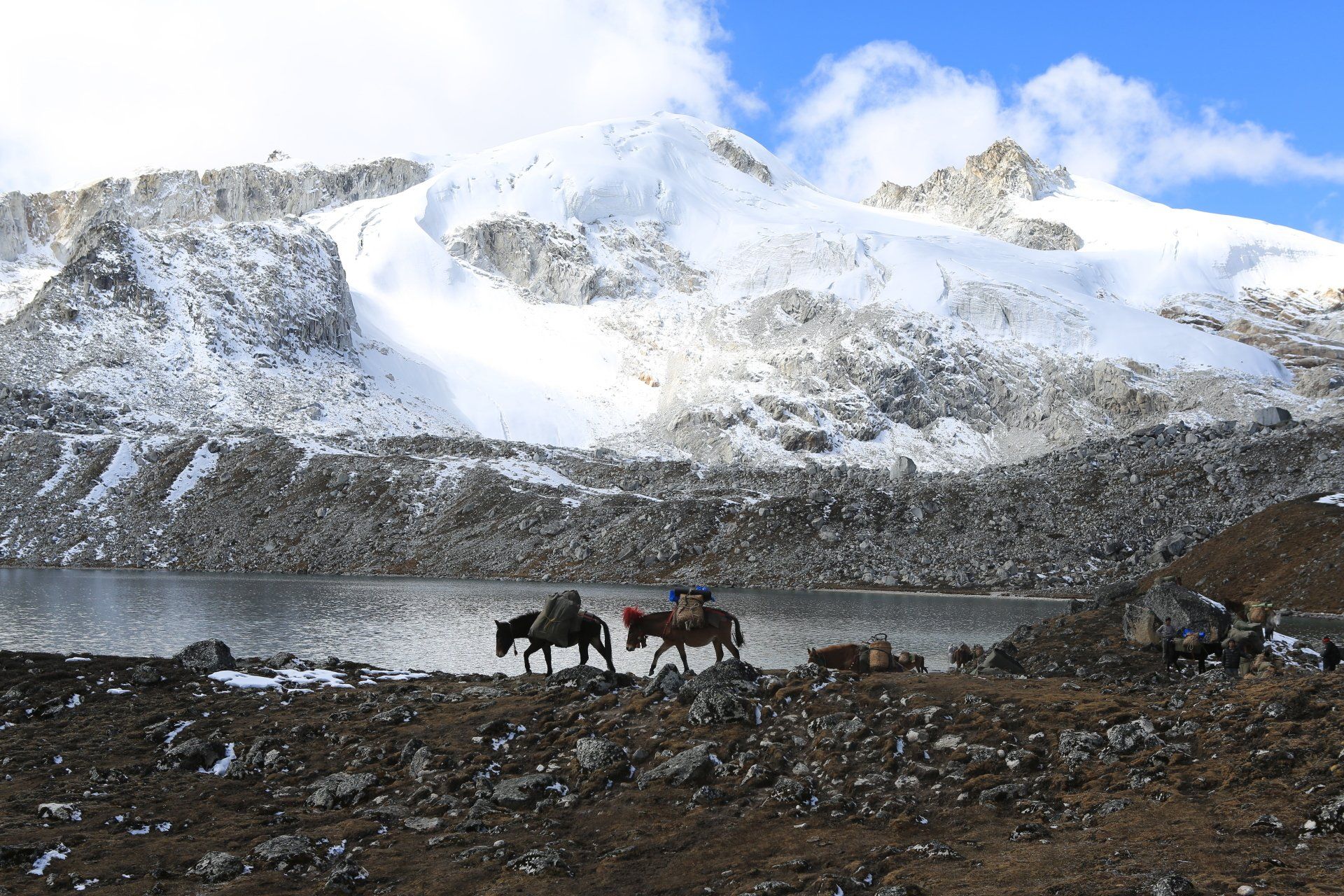
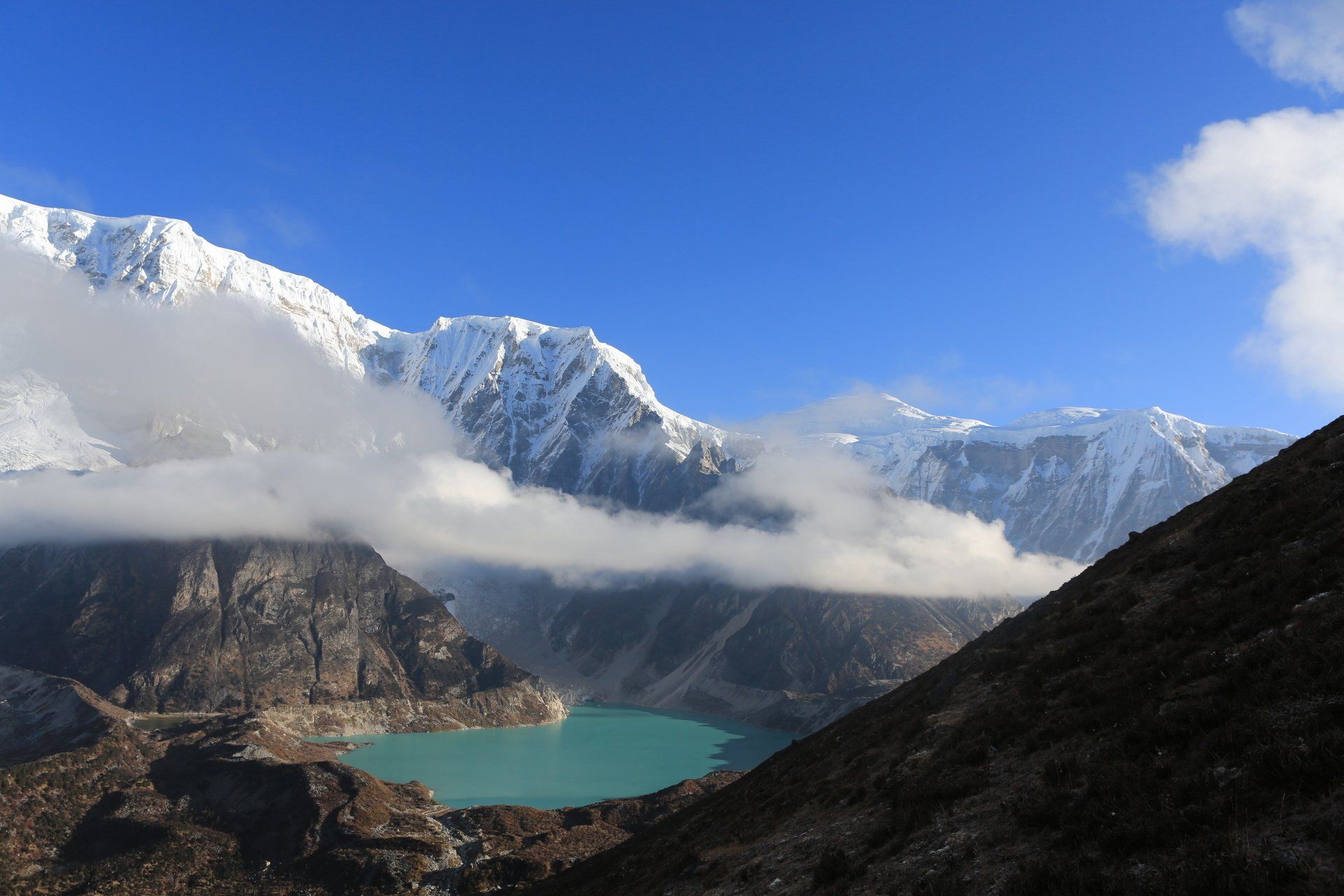
Connect with us
For the latest travel tips and insights on Bhutan travel and holiday
Contact Us
We will get back to you as soon as possible
Please try again later
Changangkha
Thimphu, Bhutan
Mobile - 00985-17131261
